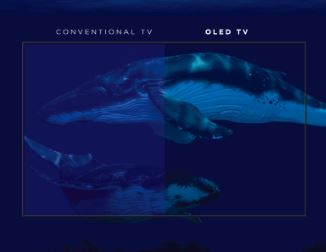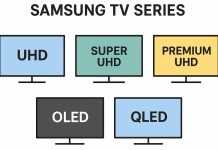OLED TVs have earned a reputation for top-tier image quality, and LG once leaned into that strength by promoting something called “Color Accuracy.” Introduced in 2016, this term — later rebranded as “True Color Accuracy” and “True Color Accuracy Pro” — stuck around for five years before disappearing from LG’s official TV descriptions. But here’s the catch: these names never represented actual technological advancements. They were simply marketing labels used to highlight OLED’s naturally precise color reproduction.
Unlike traditional LED or QLED TVs that rely on backlighting, OLED panels use self-illuminating pixels. These can turn off completely, allowing OLED screens to achieve perfect black levels and stunning contrast. It’s a feature that dramatically improves viewing in dark scenes and low-light rooms — something backlit displays often struggle with due to light bleed.
LG argues that OLED doesn’t just show more colors — it shows them accurately. While this claim is partially marketing spin, it’s also technically valid. OLED technology focuses on the fidelity of each shade rather than sheer quantity.
In brightly lit scenes with saturated colors, high-end QLED displays come close to OLED. But overall, OLED TVs continue to set the gold standard — with or without fancy marketing phrases.
The reality behind “color accuracy”
It’s important to understand that “color accuracy” was never a unique feature or technology. Rather, it was a way to highlight one of OLED’s inherent strengths: accurate, realistic color reproduction. While the term has since been removed from LG’s official descriptions, the idea behind it still makes sense.

According to LG, while many TV manufacturers focus on the number of colors a display can reproduce, OLED technology is designed to display colors as they are – without distortion. This claim, while partially marketing, is based on the way OLEDs work.
Ultimately, OLED TVs offer a visual experience that is consistently superior to LED and QLED displays – no matter what terms LG uses to promote them. Whether it’s called “color accuracy” or not, the result is the same: natural colors, true blacks and stunning contrast that set OLEDs apart.






